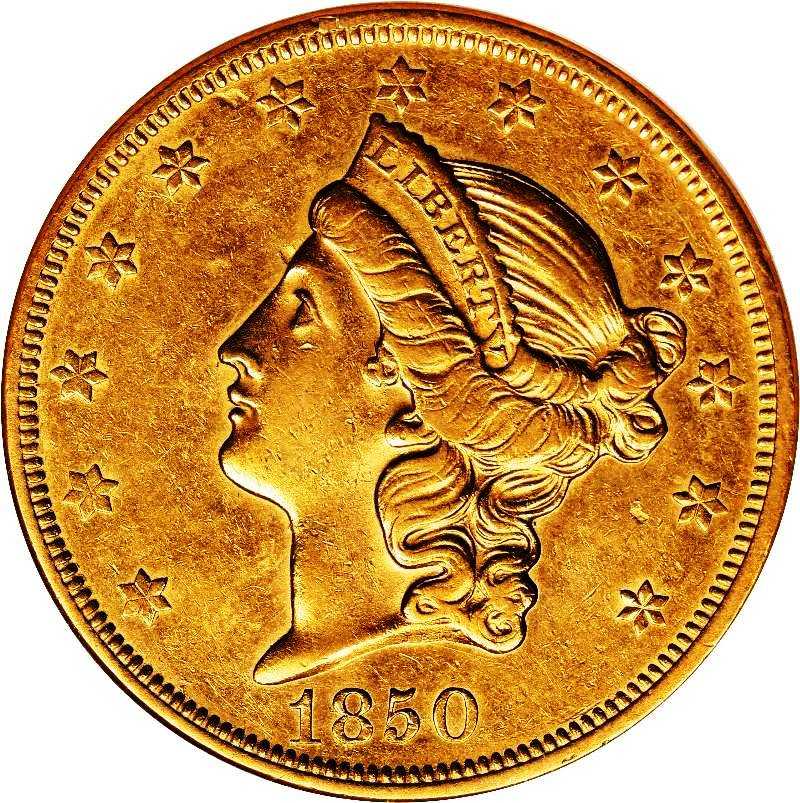

The important sections of the act of 1873 concerned gold and silver coinage, the basis of the monetary standard of the United States at the time. 424) comprehensively revised and rewrote the existing laws regarding mint and coinage issues. The silver content of a dollar under this act was almost exactly equal to 1/ 5 of the silver content of the contemporary British pound sterling, or 4 British shillings.The Coinage Act of 1873 (P.L. The Act also specified the dollar as the "money of account" of the United States, and directed that all accounts of the federal government be kept in dollars, " dismes", cents, and " milles", a mille being one-tenth of a cent or one-thousandth of a dollar. The meetings later became formalized as the United States Assay Commission. Each year on the last Monday in July, under the inspection of the Chief Justice, the Secretary and Comptroller of the Treasury, the Secretary of State, and the Attorney General, the coins were to be assayed and if the coins did not meet established standards, the officers were disqualified from office.

Quality control measures were implemented in that from each separate mass of gold or silver used to produce coins, three coins were set aside by the treasurer.
COINAGE ACT FREE
The paragraph summary states: "Persons may bring gold and silver bullion, to be coined free of expense " Under Sec.14, any person could bring gold or silver bullion and have it coined free of charge, or later for a small fee, exchange it immediately for an equivalent value of coin. Standard silver was defined as 1485 parts pure silver to 179 parts copper alloy. Standard gold was defined as 11 parts pure gold to one part alloy composed of silver and copper. The Act defined the proportional value of gold and silver as 15 units of pure silver to 1 unit of pure gold. The reverse of the copper coins was to have an inscription expressing the denomination.The reverse side of each of the gold and silver coins was to have the figure or representation of an eagle with the inscription "U NITED S TATES OF A MERICA.".One side was to have an impression emblematic of liberty, with the inscription "Liberty", and the year of the coinage.The coins were to contain the following markings: The Act authorized production of the following coins: EaglesĢ47 4/ 8 grain (16.0 g) pure or 270 grain (17.5 g) standard goldġ23 6/ 8 grain (8.02 g) pure or 135 grain (8.75 g) standard goldĦ1 7/ 8 grain (4.01 g) pure or 67 4/ 8 grain (4.37 g) standard goldģ71 4/ 16 grain (24.1 g) pure or 416 grain (27.0 g) standard silverġ85 10/ 16 grain (12.0 g) pure or 208 grain (13.5 g) standard silverĩ2 13/ 16 grain (6.01 g) pure or 104 grains (6.74 g) standard silverģ7 2/ 16 grain (2.41 g) pure or 41 3/ 5 grain (2.70 g) standard silverġ8 9/ 16 grain (1.20 g) pure or 20 4/ 5 grain (1.35 g) standard silver and be paid into the treasury of the United States, thence to issue into circulation." Furthermore, "no copper coins or pieces whatsoever except the said cents and half-cents, shall pass current as money, or shall be paid, or offered to be paid or received in payment for any debt, demand, claims, matter or thing whatsoever." Authorization and free coinage to be coined at the mint into cents and half-cents. be authorized to contract for and purchase a quantity of copper, not exceeding one hundred and fifty tons. The Act also stipulated that "the director of the mint. This legislation resulted in the birth of the copper cent, from which descends today's one cent piece. On An Act to Provide For a Copper Coinage was signed into law by President George Washington. Mint director David Rittenhouse laid the building's cornerstone on July 31. This was the first federal building erected under the United States Constitution. The Act also authorized construction of a mint building in Philadelphia, the nation's capital. While the first draft of the Act stipulated that all coins would employ a portrait of the president on the obverse, the final version called for an image emblematic of liberty. Essentially, it provided the basic framework on which all subsequent coinage production was based. This unreferenced section requires citations to ensure verifiability.Īlthough some of the provisions in the 1792 Coinage Act were adjusted as time went by, the majority of the rules specified in this Act remained in effect for many decades.


 0 kommentar(er)
0 kommentar(er)
